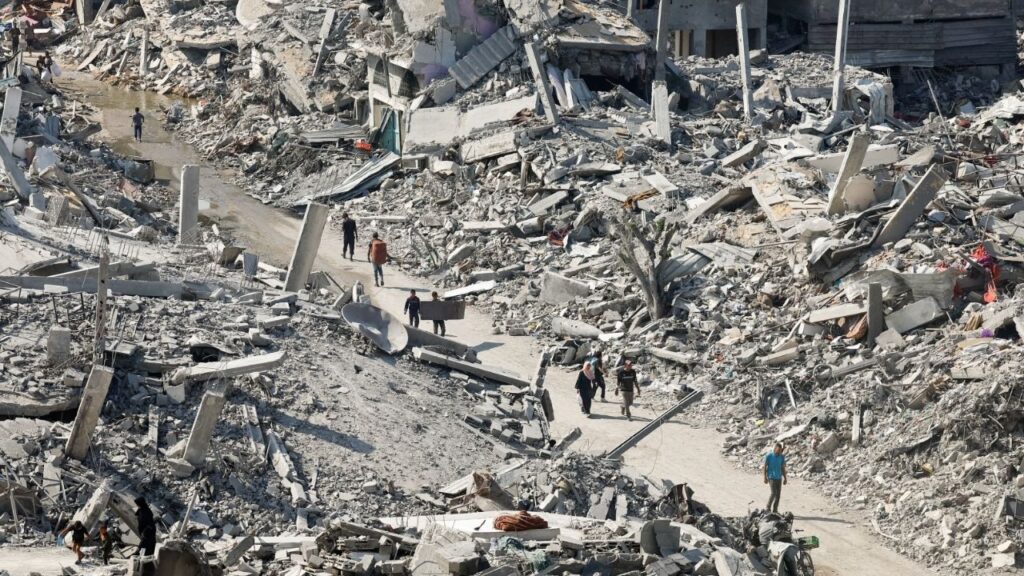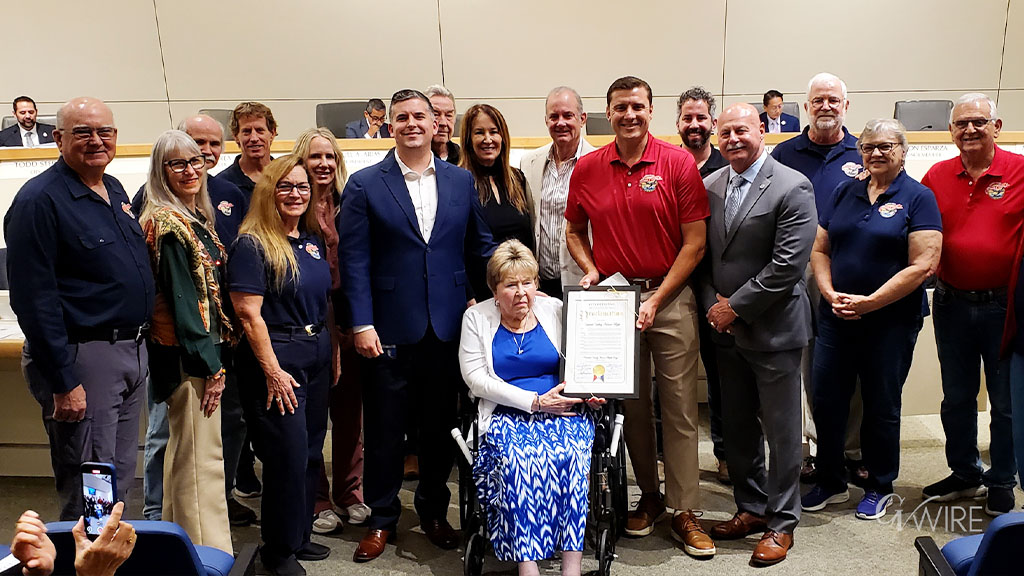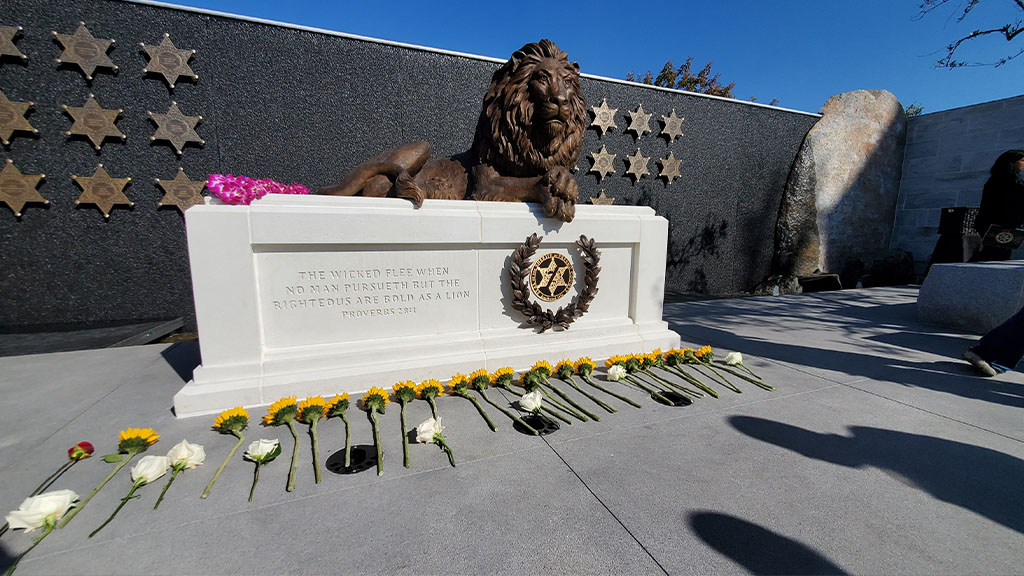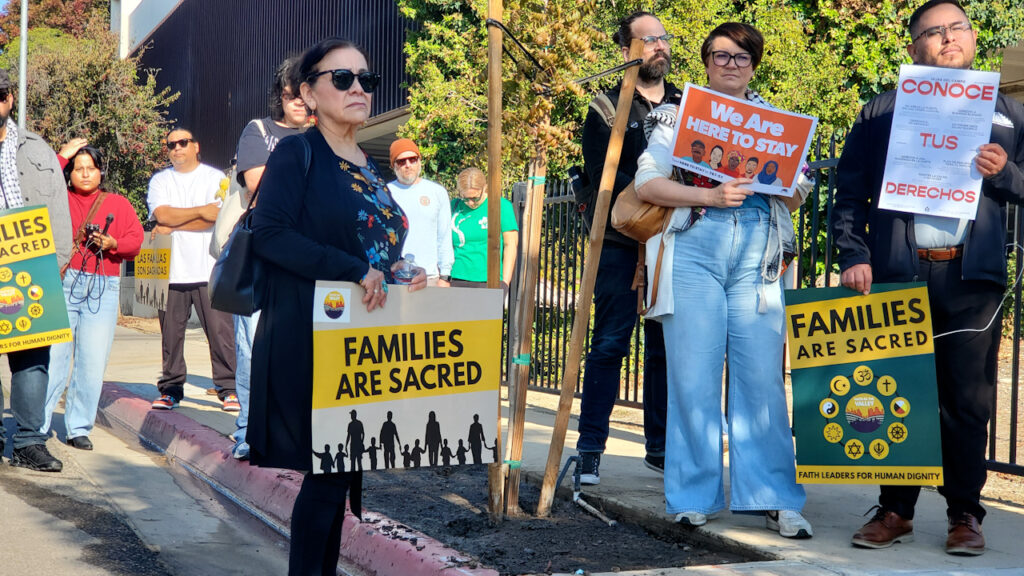Share
|
Getting your Trinity Audio player ready...
|
SAN FRANCISCO — Kevin Hines regretted jumping off San Francisco’s Golden Gate Bridge the moment his hands released the rail and he plunged the equivalent of 25 stories into the Pacific Ocean, breaking his back.
Hines miraculously survived his suicide attempt at age 19 in September 2000 as he struggled with bipolar disorder, one of about 40 people who survived after jumping off the bridge.
Hines, his father, and a group of parents who lost their children to suicide at the bridge relentlessly advocated for a solution for two decades, meeting resistance from people who did not want to alter the iconic landmark with its sweeping views of the Pacific Ocean and San Francisco Bay.
On Wednesday, they finally got their wish when officials announced that crews have installed stainless-steel nets on both sides of the 1.7-mile bridge.
“Had the net been there, I would have been stopped by the police and gotten the help I needed immediately and never broken my back, never shattered three vertebrae, and never been on this path I was on,” said Hines, now a suicide prevention advocate. “I’m so grateful that a small group of like-minded people never gave up on something so important.”
Nearly 2,000 People Have Jumped to Their Deaths
Nearly 2,000 people have plunged to their deaths since the bridge opened in 1937.
City officials approved the project more than a decade ago, and in 2018 work began on the 20-foot-wide (6-meter-wide) stainless steel mesh nets. But the efforts to complete them were repeatedly delayed until now.
The nets — placed 20 feet down from the bridge’s deck — are not visible from cars crossing the bridge. But pedestrians standing by the rails can see them. They were built with marine-grade stainless steel that can withstand the harsh environment that includes salt water, fog, and strong winds that often envelop the striking orange structure at the mouth of the San Francisco Bay.
“We have a continuous physical suicide barrier installed the full length of the 1.7-mile bridge on the east and the west side. The bridge is sealed up,” said Dennis Mulligan, general manager of the Golden Gate Bridge, Highway and Transportation District.
Barriers Already Doing Their Job
The barriers are already working as intended, he added.
As the project neared completion in 2023, the number of people who jumped fell from an annual average of 30 to 14, with the deaths in the spots where crews had not finished installing the barriers yet, he said.
Some people still jumped into the net, and crews then helped them out of there. A handful of them jumped into the ocean from the net and died, he added.
The nets are meant to deter a person from jumping and curb the death rate of those who still do, though they will likely be badly injured.
“It’s stainless-steel wire rope netting, so it’s like jumping into a cheese grater,” Mulligan said. “It’s not soft. It’s not rubber. It doesn’t stretch.”
“We want folks to know that if you come here, it will hurt if you jump,” he added.
Firefighters in both San Francisco and Marin counties are being trained to climb down and rescue anyone who jumps into the nets. For now, ironworkers who maintain the bridge and are trained in rescue techniques perform many of the rescues. On the deck, members of a bridge patrol work to spot people considering suicide and prevent them from jumping. Last year, they dissuaded 149 people from jumping, Mulligan said.
Bridge officials were first asked to do something about the suicides shortly after the bridge opened eight decades ago. But it was a small group of parents, including Hines’ father, Patrick, who formed the Bridge Rail Foundation in 2006 and got the job done.
The name stems from the group’s demand that the 4-foot-high railing along the bridge be raised. Its members often showed up at bridge meetings clutching large photos of their loved ones.
But a public comment campaign showed most people didn’t want to raise the railing because it would block the sweeping views from the bridge.
An architectural firm recommended the nets based on the success a similar net had in preventing suicides in Bern, Switzerland, where officials installed one at a popular terrace overlooking a river, said Paul Muller, president of the Bridge Rail Foundation.
Nets Cost $224 Million
In 2008, bridge officials began exploring the idea of installing nets and after settling on a design, officials had to come up with the money to build them. In 2014, Golden Gate Bridge, Highway and Transportation District officials approved the project for $76 million.
Construction costs have risen to $224 million, Mulligan said. In a lawsuit filed against the district that year, Shimmick Construction Co. and Danny’s Construction Co., the lead contractors on the project, said the nets and other work on the bridge as part of the project would cost about $400 million.
RELATED TOPICS:
Categories
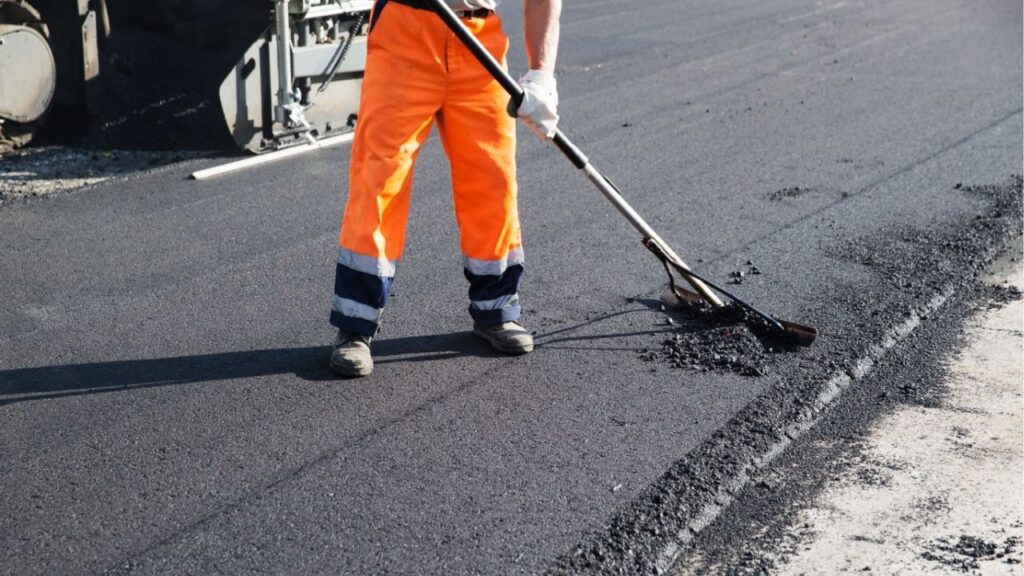
Fresno Launching Neighborhood Repaving Project Monday








